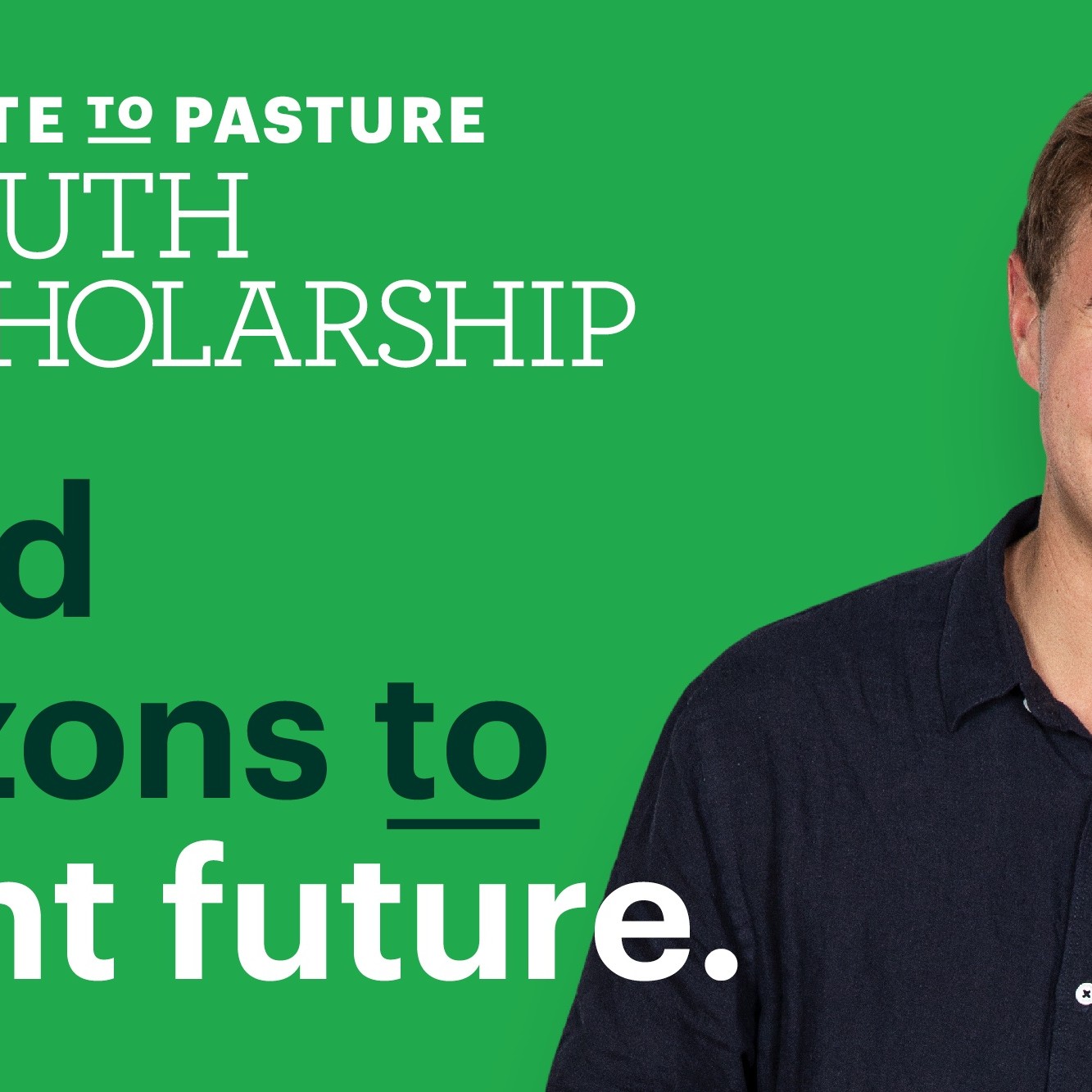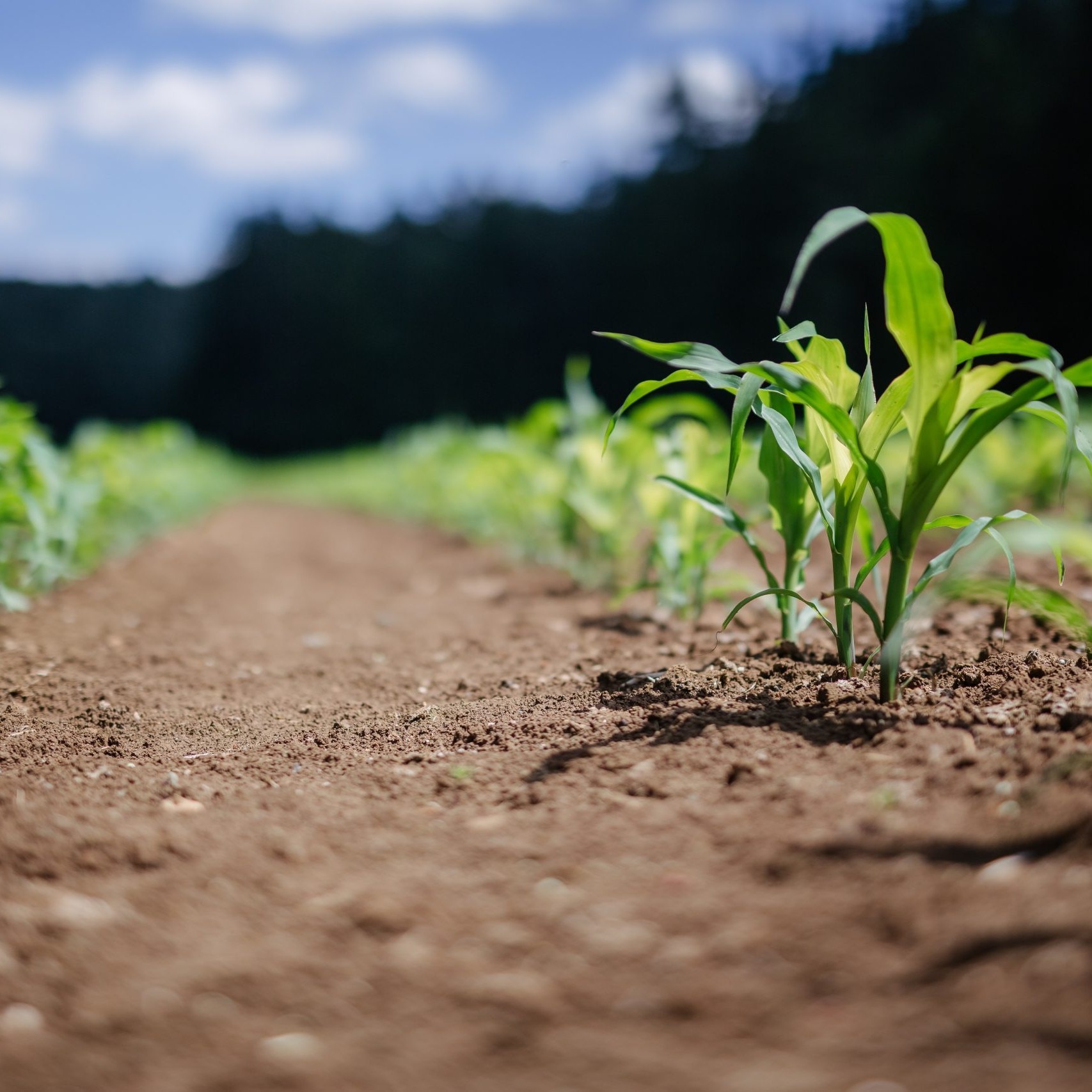By PHIL EDMONDS
The conversion of farmland to forestry to capture carbon credits has become an unsettling development in rural communities, with concerns around whether forestry planting is in fact adhering to the promised ‘right tree in the right place’ strategy.
Unease about the threat to ‘productive’ land and the implications for existing rural communities is widespread. But forest owners have also been strident in defending the expansion of tree planting, in part, by drawing on the awkwardly irrefutable notion that farmers should not be told how to make economic decisions in their own interest.
And there’s a compelling case to suggest that, individually, farmers will benefit from forest planting, with those in the business of enabling this focusing squarely on it being a perfect solution to address farm succession.
Dryland Carbon was established to match its investor partners’ (including AirNZ, Contact Energy, Genesis Energy and Z Energy) need to source carbon offsets with farmers’ potential ability to provide them.
In order to achieve that, general manager Colin Jacobs says rather than buying land, Dryland Carbon works in partnership with existing landowners. Having identified suitable non-productive or ‘least’ productive land on a property, they undertake all the planting and deliver the landowner an annual cash payment akin to a lease for 16 years – aligned with the ETS determination of a forests’ average age. The landowner will then get a 50% share of the timber harvest and the land will be replanted with a new forest. In return, Dryland Carbon gets the carbon credits from the plantation.
Jacobs suggests it is tailor-made for farm succession – a diversified, and known annual revenue stream for 16 years, a timber asset at the end, a replanted forest, and what should equate to an overall increase in the value of the property.
NZ Carbon Farming, provides similar services, although it is dedicated to land ownership as well as leasing. It owns and leases nearly 90,000 hectares of forests. Managing director Matt Walsh says NZ Carbon Farming’s lease solution is an ideal way for farmers to retain their land, get a better return off marginal land and benefit from the forest investment.
“Farmers can ring fence the ‘engine room’ of the farm – its most productive areas – for the next generation. In doing so, they can create less of a debt burden for their kids. The passive income from a carbon lease can then help create an income stream for the current farmers to comfortably retire, helping enable the succession.”
Dryland Carbon’s Jacobs says there is also potential for farmers with forestry earning carbon credits to approach banks to re-evaluate the overall value of the farm based on a new long-term revenue stream.
“Banks have been nervous about investing in carbon credits, but the quality of our investors (some of NZ’s leading carbon emitters) means they should have more confidence to lend against it.” This may present further opportunities to invest on or off-farm to enable succession.
Jacobs says the emerging opportunity to capitalise on land that has typically generated low if any return means young farmers can more easily start their succession plan as soon as they take ownership. “It means looking at the whole farming system, and how it will develop over the long term. There will inevitably be areas that suit different uses whether it be horticulture, honey production, or forestry. We’re presenting one opportunity to help with that.”
One lingering thought farmers might have is, if the price of carbon continues to increase over the coming years, as is currently expected, why engage the likes of Dryland Carbon and NZ Carbon Farming, and in so doing settle for a CPI-adjusted fixed annual cash payment, and a portion of the timber cheque at the end?
Matt Walsh says anyone looking to enter the carbon market on their own would need to do their homework.
“Working out what land is eligible is very technical. On average, 20% of trees planted are deemed by the Government to be ineligible to enter the ETS. Other issues to consider are the costs of establishing a new forest – and even getting access to the supply of trees required to plant successfully.”
Both providers stress their services eliminate risk for farmers by doing the research into the sites, ensuring they are ETS eligible, and developing best management practice for the particular site to maximise its potential returns.
Jacobs says that in any case, landowners should always seek good advice before making any moves.






